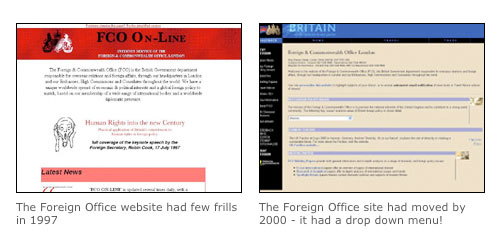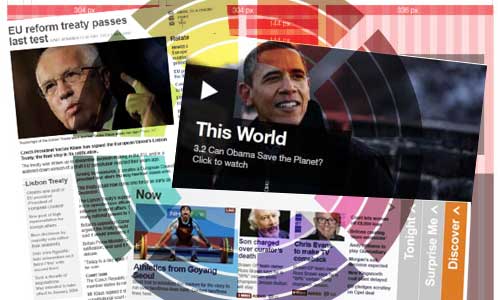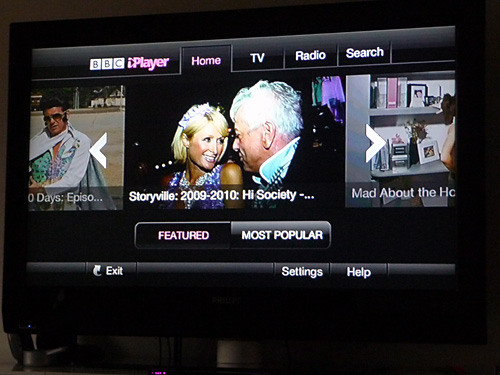The BBC’s Rory Cellan-Jones clearly doesn’t read this blog. His big story this morning is on the cost associated with the BusinessLink website: much as I predicted in my immediate analysis of the COI data a fortnight ago.
Rory was casting around on Twitter yesterday for interviewees: I know my name was put forward by a few people (for which I’m most grateful), but the call never came. Instead he’s gone to Sean O’Halloran from Hoop Associates, who offers a theory about ‘a big supplier, technology driven way of thinking’.
Speaking as someone who has worked as a civil servant, as a consultant on one of these mega-projects, and now as a small supplier trying to undermine them, I can speak with some authority on this. And whilst Sean’s theory isn’t wrong, it’s a little out of focus.
The simple answer to the question ‘how can a website cost £35m?’ is – because it can.
Government’s perceptions of ‘the going rate’ for website development have increased – ironically, just as the actual cost of web development has dropped due to open source and cheap hosting. In recent years, there’s been no shame in a department paying close to £1m on its corporate website – see these PQ answers from DFID and DIUS. It naturally follows that a ‘supersite’ representing multiple departments would cost a multiple of said figures. And when they asked for the money, they got it.
As soon as big money is on the table, the big consultancies swoop – in numbers. Waves of salespeople, account managers, and business analysts, which the civil service balances out with IT managers and procurement specialists. It’s a very cosy relationship, with both sides keeping each other busy, and everyone taking home a day’s pay.
It’s not unusual never to even sit down with the people doing the actual work. Instead, you find yourself in a whirlwind of meetings, documents, meetings about documents, and documents about meetings. And then there’s the stakeholders – mustn’t forget them. All of this costs money. And none of it actually generates a single line of code.
The brutal truth is that it isn’t in the big consultancies’ interests to deliver quickly, and the civil service often doesn’t know any better. Sure, government IT always runs late and over budget, doesn’t it?
How do we break the cycle? I think the forthcoming austerity measures will help. There simply won’t be the same amount of money sloshing around the system. Departments will simply have to try other, cheaper approaches – no matter what the current contracts say. And they’ll simply have to get tougher with suppliers who fail to deliver. A few new faces will also help: Tom Steinberg, Rishi Saha, the proposed skunkworks, (Lord) Richard Allan… maybe others.
None of this excuses BusinessLink costing £35m, and not being brilliant. But that’s for another day.

 For a few days now, I’ve tried following the BBC’s advice, by switching to the mobile interface. But it just didn’t do it for me. So I’ve taken matters into my own hands, and spent the last half hour ‘coding my own’. (And most of that time was just making look a little prettier.)
For a few days now, I’ve tried following the BBC’s advice, by switching to the mobile interface. But it just didn’t do it for me. So I’ve taken matters into my own hands, and spent the last half hour ‘coding my own’. (And most of that time was just making look a little prettier.)


